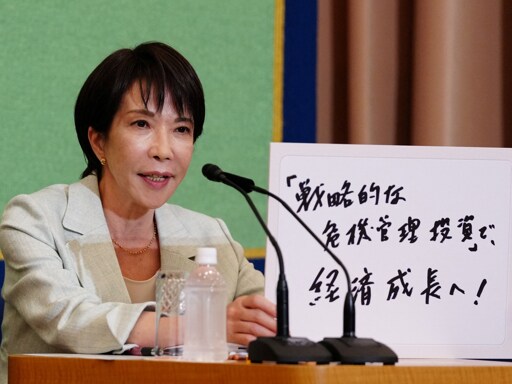

The expected result is that both China and India will stop buying seaborne crude oil from Russia and purchase more pipeline crude oil. Currently, China buys ~1.4 million barrels per day (bpd) via ships and ~800,000 - 900,000 bpd via pipelines.
Russia already transports about 10 million tons of oil per year (roughly 200,000 bpd) through the Atasu-Alashankou pipeline in Kazakhstan. Even before the latest sanctions, Russia had proposed increasing this volume by 2.5 million tons annually, making this existing route the most immediate and feasible path for boosting pipeline deliveries to China.









Isn’t it a bit early to write that?